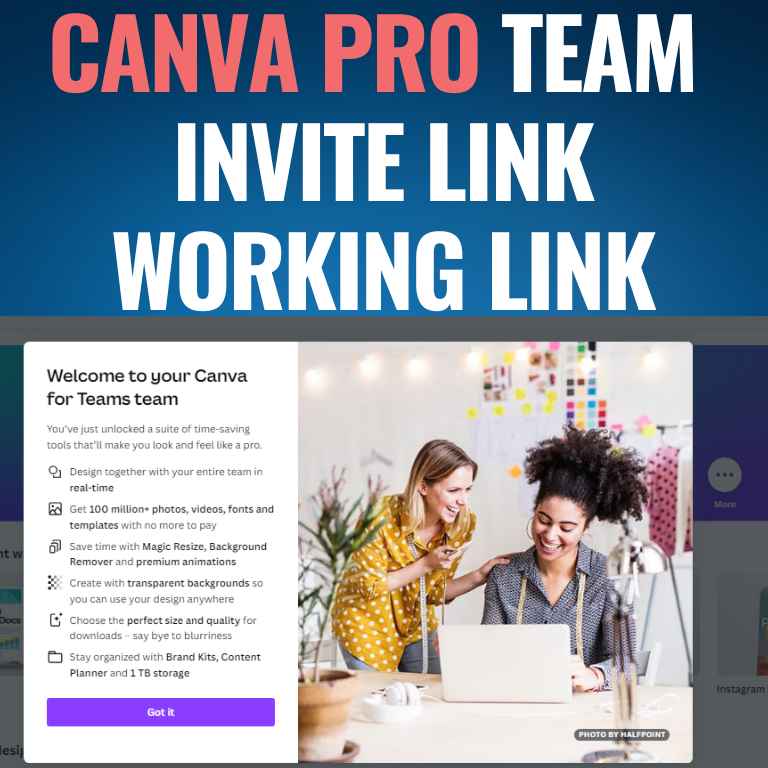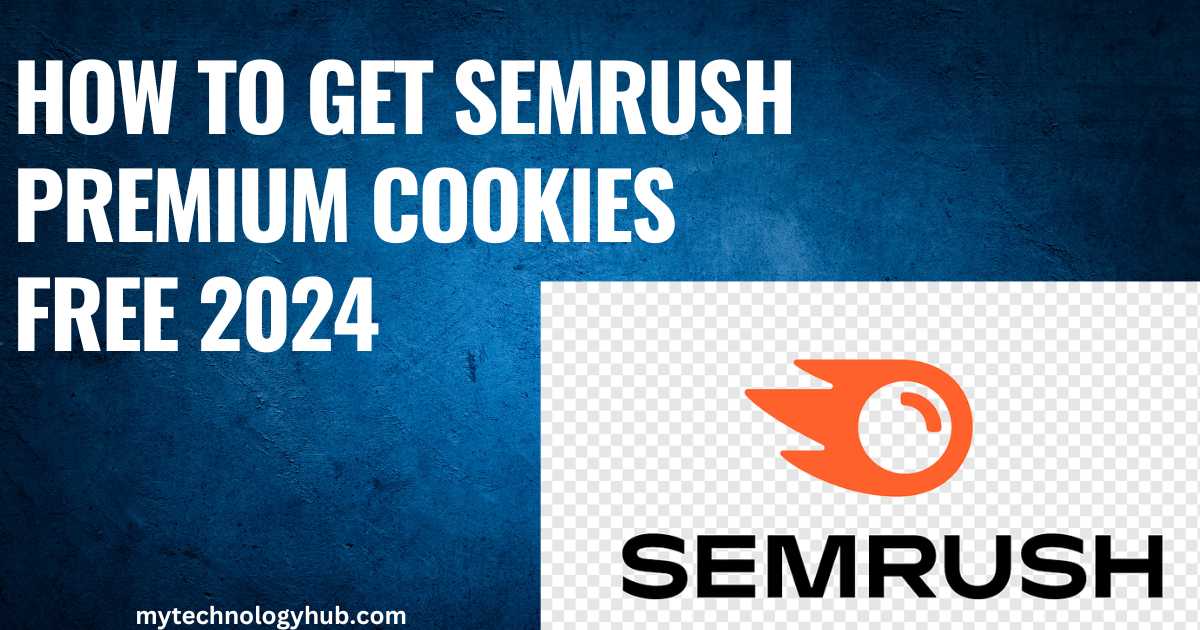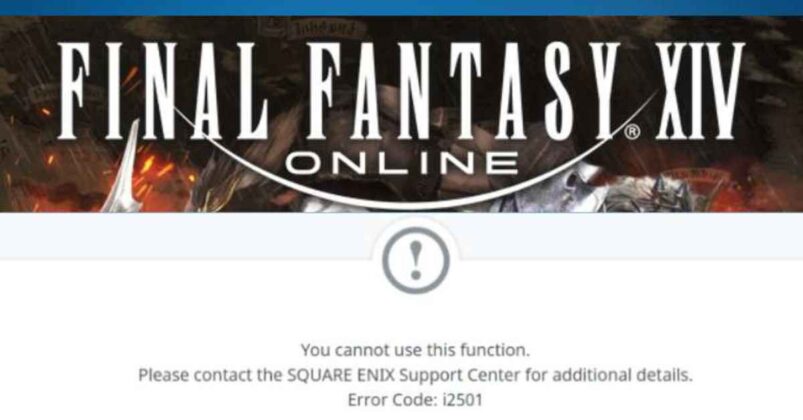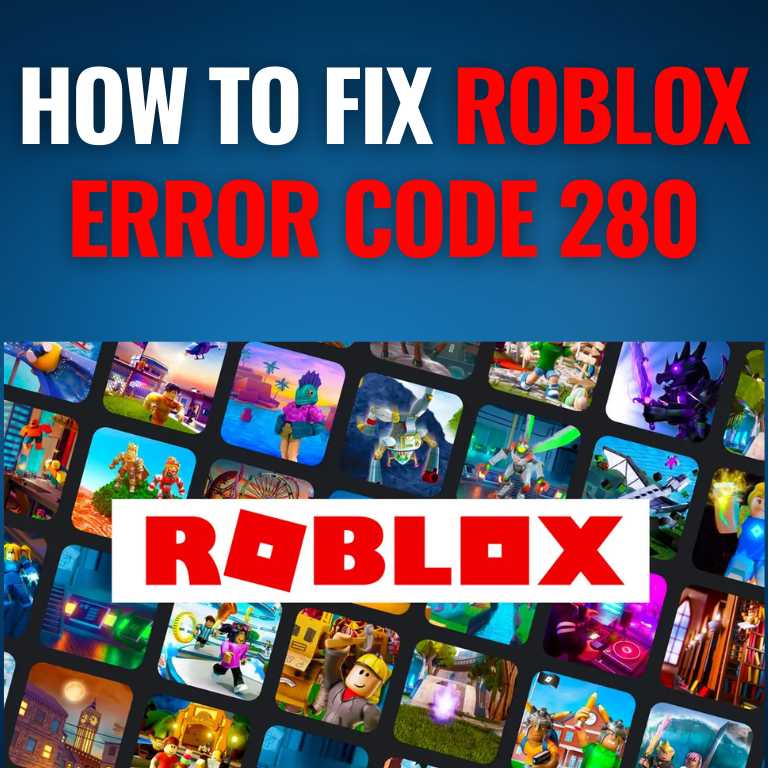Introduction to about:blank
When you are surfing the web, you might have came across a page that appeared to be empty but really had the URL “about:blank” in the address bar. You could have been left wondering what exactly this blank canvas is and why it appears to be there. In this piece, we will go deeply into the world of about:blank and investigate the relevance it holds in relation to the practice of web browsing.
It is common practice to use the about:blank URL as a blank template or a placeholder for content on web sites. This URL has a specific format. If you type about:blank into the address bar of your web browser or use it as the target of a link or a form, the browser will display an empty page. The about:blank page may appear to be a straightforward blank page at first look; nevertheless, it actually serves many vital tasks related to the world of web browsing.
When developing dynamic web pages, web developers frequently begin their work by typing about:blank into the address bar. It is possible for it to perform the function of a blank canvas, enabling developers to construct and design web pages from scratch according to their particular preferences and prerequisites. About:blank can be used as a template to construct custom home pages or new tab pages, offering users with a minimalistic approach or a blank slate with which to begin their surfing session.
In addition, the about:blank page can frequently be found in the role of default landing page for particular browser configurations. Some browsers, for instance, may automatically display about:blank as the default page whenever a user opens a new tab or window without designating a particular website as their home page. This ensures that customers are provided with a blank canvas upon which to begin their browsing experience, free from any content that has been preloaded.
It is essential to be clear that about:blank is not a virus or other form of malicious software, despite the fact that this is a common misunderstanding. It is nothing more than a blank page that web developers or browsers can tailor to their needs for a variety of applications. It is not a page displaying an error or an indication that the website is not working properly; rather, it is a genuine URL that serves multiple purposes in the world of web browsing.
In the following sections, we will go deeper into the technical features of about:blank, including its usage in HTML and JavaScript, security considerations, and troubleshooting techniques for faults related to about:blank. Acquiring a comprehensive knowledge of about:blank will assist us in better appreciating its significance and clearing up any misconceptions that may be connected to it. Let’s dig right in and learn more about the fascinating world of about:blank, shall we?
Understanding about:blank in Detail
About:blank is a URL that is significant in the world of web browsing, and having a grasp of its many facets can assist in removing some of the mystery around its purpose and performance. Let’s take a more in-depth look at some of the most important components of the about:blank page.
- Utilization in HTML, as well as JavaScript Creating dynamic web pages, is made possible through the usage of the about:blank tag in both HTML and JavaScript. It is possible to specify it in HTML as the “src” parameter of an iframe, which is an HTML element that is used to embed one website within another. Because of this, web developers are able to construct interactive web pages by dynamically loading material into the iframe of the page.
JavaScript functions, such as a window.open(), may take about: blank as their target window. This is possible thanks to the about:blank directive. This enables developers to dynamically load content into a new browser window or tab using JavaScript after opening the browser with the about:blank URL as the initial URL. This may be done by opening a new browser window or tab.
- Concerns Regarding Safety About:blank is not in and of itself a security problem; nevertheless, when combined with malicious code, it can be used to carry out actions that are damaging to the user. An example of this would be attackers loading malicious information or redirecting users to phishing websites by using about:blank as a starting point in their assault. Because of this, it is extremely important to exercise extreme caution whenever you come across about:blank sites coming from unknown sources, and you should also make it a habit to check that your web browser and any security software you use are always up to date.
- Having problems with: fill in the blank Errors There is a possibility that users will experience problems with the about:blank URL, such as when it fails to load correctly or presents them with an error message. This could be caused by a number of factors, such as the settings in your browser, problems with your cache, or conflicts involving extensions or plugins. Clearing the cache in the browser, turning off extensions, resetting the browser’s settings, and updating to the most recent version of the browser are all possible stages in the troubleshooting process.
- Personalization and tailoring are available. Users are able to make adjustments or additions to the default settings of the about:blank page to better fit their individual preferences. For instance, users of various browsers have the ability to set about:blank as either their home page or the page that appears when they open a new tab. This gives consumers a simple and uncluttered environment in which to begin their surfing session. It is also possible for users to opt to add their own information to the about:blank page, such as a search bar or bookmarks, in order to make the page more practical and personalized to their own requirements.
- Advantages as well as Drawbacks About:blank provides a blank canvas for web developers, allowing them to construct dynamic web pages; it also acts as the default page for browsers; and it allows users to customize the page. These are just a few of the many benefits that About:blank provides. On the other hand, it does have certain drawbacks, such as the fact that it is susceptible to potential security threats if it is used maliciously and that it can occasionally lead to confusion or errors for users.
Importance of about:blank in Web Browsing
For a variety of reasons, the about:blank address carries a tremendous amount of relevance in the world of web browsing. Let’s go into the nitty-gritty of its significance and how it affects the overall quality of the browsing experience.
- Web Design and Development on a Blank Canvas Web developers frequently start the process of creating dynamic web pages by writing code in the about:blank directive. It is possible to set it as the “src” attribute of an iframe in HTML, which gives programmers the ability to load content into the iframe in a dynamic manner. This gives developers with a blank slate on which they may start from fresh to design web pages, tailoring both the content and functionality to meet their specific requirements. About:blank is a starting point for web development that enables developers to create interactive and engaging web experiences for users. It acts as a starting point for web development.
- Page Set as the Default for Browsers In certain web browsers, the about:blank page is pre-set to load whenever a new tab or window is created. When users start a new tab or window, they are faced with a blank canvas that is devoid of any preloaded content. This is the case since new tabs and windows are not preloaded. Users may now begin their surfing sessions from a starting point that is streamlined and uncluttered thanks to this feature. It gives users the ability to start their browsing experience in a clutter-free environment and select the material or search query that they want to get started with.
- Personalization and focusing are available. Users are able to tailor or customise their experience with about:blank to suit their individual interests. Users of certain browsers have the ability to set about:blank as either their home page or the page that appears when they open a new tab. This gives users the ability to create a more personalized beginning point for their browsing sessions. The about:blank page allows users to add their own information to it, such as a search bar, bookmarks, or widgets, which makes the page more functional and personalized to the user’s specific requirements. Users are able to have a more personalized surfing experience and have easier access to tools or content that they use regularly thanks to a feature that enables for personalization.
- A Point That Is Both Clean And Safe To Start From About:blank gives browsing sessions a fresh start that is also protected from potential threats. It assures that users begin with a blank canvas, free from any preloaded content that could potentially represent a threat to their security. This may be of utmost significance in circumstances in which users are using the internet from a device that is shared with other people or that is located in a public location, when there may be concerns regarding privacy and security. About:blank gives users the ability to begin their surfing experience with a clean slate, thereby lowering the likelihood that they may come across harmful content or other potential security threats.
- Troubleshooting and Debugging About:blank can also be used as a troubleshooting and debugging tool for web developers. It can be used to isolate issues related to specific web pages or elements by loading them in a blank environment. This can help developers identify and fix issues related to the content or functionality of web pages without any interference from preloaded content or scripts. About:blank serves as a valuable tool for developers to diagnose and resolve issues, ensuring a smooth and error-free browsing experience for users.
About:blank serves as a blank canvas for online creation, a default page for browsers, a customizable starting point for users, a clean and safe environment, and a debugging tool for developers. In conclusion, about:blank bears a large amount of relevance in web browsing. Users and developers may get the most out of the about:blank feature in their web surfing experience by first familiarizing themselves with the feature’s myriad applications and benefits.
How to Fix about:blank Errors
About:blank is a valid URL that can be used when browsing the web; nonetheless, users may occasionally run into issues that are related to about:blank. The following are some suggested strategies to fix issues related to about:blank:
- Clear Browser Cache and Cookies: Data that has been cached and cookies that have been saved in the browser might occasionally cause problems with about:blank. In order to resolve any issues and assure a fresh start for about:blank, clearing the cache and cookies in the browser can be of assistance. This option is typically located under the menu for changing the user’s preferences or settings in the user’s web browser.
- Disable Browser Extensions: Sometimes browser add-ons or extensions will force about:blank to malfunction, which will result in an error message. It may be possible to discover and fix the problem by first deleting or disabling any extensions or add-ons that were installed recently. Users can disable or remove potentially harmful or useless extensions by going into the settings of their browser and accessing the option labeled “extensions” or “add-ons.”
- Update Browser and Plugins: Errors with the about:blank address can also be caused by outdated browser versions or plugins. Any compatibility difficulties can often be remedied by ensuring that the web browser and all of its plugins are running the most recent versions available. In most cases, users can locate the option to update their software by navigating to the settings or preferences menu of their web browser.
- Run Antivirus/Malware Scan: Errors can be caused when malicious software, including viruses or malware, takes over the about:blank page. Conducting a comprehensive scan of the computer using an antivirus or malware removal tool will assist in locating and removing any dangerous software that may be the source of the issue.
- Reset Browser Settings: Errors related to about:blank can sometimes be resolved by resetting the browser’s settings to their original, factory-default values. Users can typically locate the option to reset their password under the menu that is labeled settings or preferences on their web browser. Users should back up their vital data before continuing with this option because resetting the browser settings will also destroy any adjustments or preferences that have been made.
- Check DNS Settings: Errors with the about:blank URL might also be caused by incorrect DNS (Domain Name System) settings. Users are able to check the settings for their DNS servers and confirm that they are set up appropriately. Users who are unsure about how to configure their DNS settings can ask for advice from their Internet Service Provider (ISP).
- Contact Browser Support or IT Support:In the event that the aforementioned fixes are unable to fix the about:blank problems, users can contact the support team of their web browser or their company’s IT support for additional assistance. They might be able to provide specific procedures for debugging or discover any underlying problems that would call for sophisticated technical competence.
In conclusion, fixing about:blank problems may require deleting the browser’s cache and cookies, turning off browser extensions, upgrading the browser and plugins, doing an antivirus or malware scan, resetting the browser’s settings, checking the DNS settings, or contacting the browser’s support team or IT support for assistance. When troubleshooting and fixing about:blank problems, users should always exercise caution and make sure they are following best practices for online security. In other words, users should make sure they are not falling victim to cybercriminals.










![How to Get Udemy Premium Cookies in 2024[Daily Updated]](https://mytechnologyhub.com/wp-content/uploads/2023/12/Udemy-Premium.jpg)

